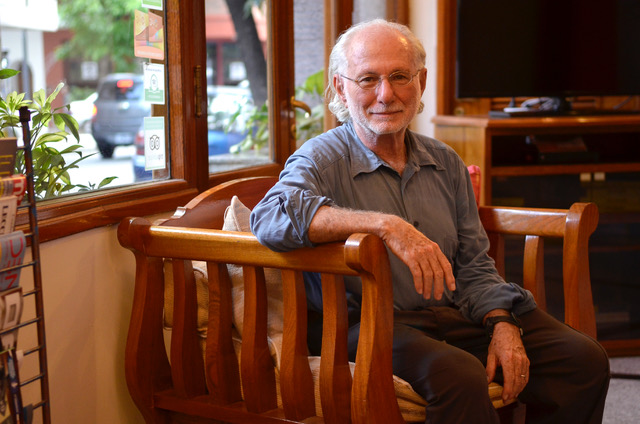 How should the COVID-19 vaccine be distributed to achieve the greatest impact in reducing the risk of disease?
How should the COVID-19 vaccine be distributed to achieve the greatest impact in reducing the risk of disease?
Researchers at The University of New Mexico, the Allende Program in Social Medicine in Albuquerque and the Global Institute of Public Health in India report in a new study of vaccine distribution in different parts of the world that vaccines are most effective when distributed in areas with the highest baseline risks.
The peer-reviewed study, published today in the journal BMJ (British Medical Journal) Evidence-Based Medicine, is thought to be the first study to gauge the effectiveness of vaccines across geographical areas in terms of absolute risk reduction.
Vaccines are costly to obtain and deliver in many low-income countries – and even in low-income areas of richer countries. Just 12.9% of people in low-income countries have received at least one dose of a vaccine, compared with 63.1% for the world’s population, a situation sometimes called “vaccine apartheid.”
Public health systems could assess baseline risk of contracting COVID-19 by calculating the number of new cases per population, which can be used to determine the absolute risk reduction (ARR) and the number needed to be vaccinated (NNV) to prevent symptoms in one person.
These measures allow researchers to determine who could benefit most from vaccination. ARR-based strategies have successfully guided policy decisions about distribution of other vaccines, such as influenza and pertussis.
Previous studies have shown that ARR and NNV are more helpful than relative risk reduction (RRR), which measures the effects between groups of people, for assessing the effect of a treatment or a preventive program like vaccination in populations with differing baseline risks.
The researchers showed that the ARR was larger and the NNV was smaller in two New Mexico counties and two states in India than in other locations. This finding suggests that the counties and states with lower NNVs due to higher baseline risks deserved prioritization in vaccine distribution.
“As practitioners and teachers of evidence-based medicine, we have been surprised that all published studies of COVID-19 vaccines have reported RRRs but not ARRs,” said Howard Waitzkin, MD, PhD, the article’s corresponding author and a distinguished professor emeritus at The University of New Mexico.
“ARR is much more useful to figure out feasible vaccination strategies in areas of the world where access to vaccines remains a huge problem,” he said. “Relative measures like RRR compare a treatment group with a control group without taking into account the baseline risks of populations.”
Without major structural changes in the global economic order, health inequities related to vaccination are likely to remain a grim reality, the authors argue.
“In this context,” said investigative journalist Ella Fassler, the article’s lead author, “public health researchers, policy makers and community-based stakeholders can help generate evidence-based vaccine distribution strategies and identify barriers that impede these life-saving strategies.
“Targeted programs become important as we face the reality of access barriers related to wealth, power, minority status, structural racism and other sources of profound inequality that are preventing much of the world from accessing life-saving vaccinations.”
